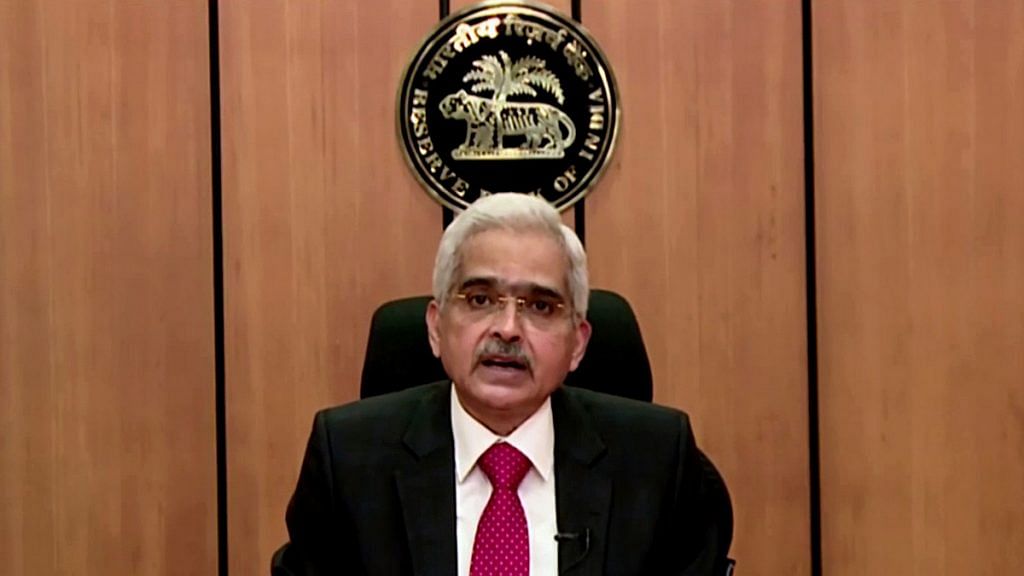The Internal Working Group of the Reserve Bank of India has come up with recommendations for allowing private corporate entities to float, own and operate banks. However, there is no report of corporate entities jumping with joy or lining up in front of the RBI for banking licences. And none of them have, probably, even issued statements so far — either welcoming or rejecting the idea. But the volley of opposition to the suggestions is already making headlines.
Former finance minister P. Chidambaram and former RBI governor Raghuram Rajan are among those who have strongly criticised the report for suggesting facilitating entry of corporates into banking business. Considering the rationale for their criticism, there seems to be some truth in the apprehension raised — allowing top-ranking corporates into banking business will create more problems than solutions. But it would be unfair to suspect the intent of the report, solely based on the negative publicity of its contents.
Also read: Not the time for RBI to be adventurous. If bank ownership isn’t broken, don’t try to fix it
Why the criticism
Corporates are already the biggest investors, borrowers and beneficiaries of many public sector banks. In fact, it is the private sector banks that have remained selective in their lending policies to keep their non-performing assets (NPA) under check. Ironically, the RBI’s internal group has come out with these suggestions at a time when the banking sector is already under severe stress. Yes Bank, Lakshmi Vilas Bank, DHFL and IL&FS are some of the banks that went belly up in recent times. Earlier, many cooperative banks have also defrauded their customers and vanished with the deposit ‘booty’. This may have been the reason for the critics of RBI’s proposal to have shot the idea.
One of the main reasons for the ‘failure’ of these lenders has been the close nexus between the lender and the borrower. In every single case of the failed banks, neither the lender nor the major borrower has suffered. For the protection of small investors and current account savings account (CASA) holders, the RBI has a number of checks and balances, investor protection funds and regulatory frameworks in place. Yet, there is not a single happy ending to any one of the bank fraud stories so far.
In a hypothetical scenario of an industrial house owning a bank, the chances of effective and lawful due diligence before lending will be doubtful. There is every likelihood of infringements of rules to favour the largest shareholder, much at the cost of probity and scruples. Connected lending across the world has resulted in a lender-borrower mismatch, turning the business sour and unprofitable. In the end, the shareholders and investors lose the money. If the public sector banks’ lending to state-owned companies and institutions is frowned upon as bad business, how can the same principle yield better results in a private-private deal?
Also read: High inflation doesn’t give RBI room for more interest rate cuts, MPC member indicates
Lessons for India
The 2008-09 US banking crisis has valuable lessons for emerging economies. As an emerging economy, India needs more banks, market instruments, adequate credit flow and capital formation, especially in the private sector. Beginning with the liberalisation of the economy, the demands on banking sector reforms have grown. The reform process began in a phased manner (in four different phases viz. in 1993, 2001, 2013, and 2016) — every time under a new regulatory framework, resulting in regulatory duplication and ambiguity.
Since 2016, the banking sector has witnessed the entry of differentiated and specialised banks such as Local Area Banks (LABs), Small Finance Banks (SFBs) and Payments Banks (PBs), increasing the need for better guidelines. The current RBI report is significant as it attempts to suggest how the banking business should be conducted. Even if some of the suggestions in the report are effectively implemented, there could be major changes in the structure, ownership and functioning of the banks, leading to a laudable metamorphosis in the banking sector. One of the key suggestions is to convert Non-Banking Financial Companies (NBFCs) into banks through a ‘guarded entry’ methodology, the details of which are to be worked out.
But it would be prudent and in keeping with the principle of level-playing field to extend relaxed norms to the existing banks, especially in the cooperative and small finance segment rather than opening the sector to corporates who could engage in predatory operations.
Also read: Only 1 NBFC sought bank licence in last 4 years even though RBI has offered it ‘on tap’
Banks and their role in Modi’s $5-trillion dream
The deadline for Prime Minister Narendra Modi’s vision of making India a $5-trillion economy is not far. Besides a robust manufacturing sector, tax relief and higher savings rate, the banking sector also needs a complete overhauling if the economy has to come anywhere close to the $5-trillion mark.
The RBI’s working group report should have taken into consideration the total lack of accountability of the regulatory body as far as bank frauds are concerned. Handing over the banking licenses to the corporates, alone, will not ensure a corporate or professional business model. If the government is serious about bringing a total turnaround in the banking sector, then it needs to think out of the box.
The author is the former editor of ‘Organiser’. Views are personal.
